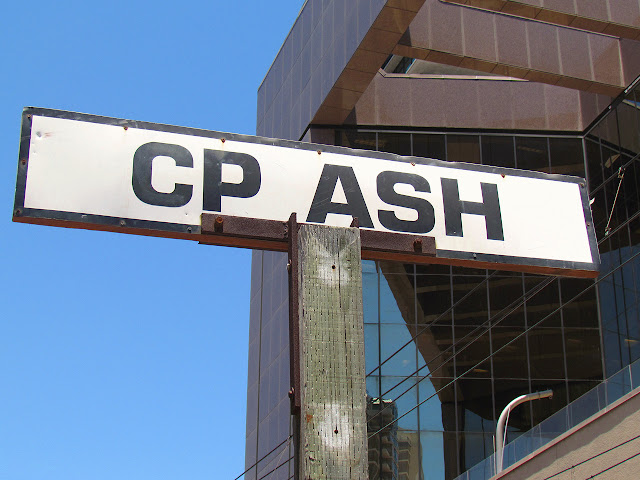I previously reported on how the eccentric owner of the railroad formerly known as the Guilford Rail System was calling it quits. With the previous Pan Am Southern joint venture, NS was a likely suitor as it would complete its move into the New Englande market, however an independent operator like G&W or RJ Corpsman was equally likely given the generally declining freight and heavy industry scene in New Englande and the cost advantages a non-legacy carrier would bring to the table. Well, as you already know the first buyer to make a move was CSX, and although it faces potential regulatory opposition from both NS and a Biden administration looking to decrease corporate consolidation, we should take a quick look at what a CSX purchase would mean.

As discussed in my two previous posts on the unique signaling quirks of the Guilford system, while the system isn't perfect it is at least different. For example, while its commitment to target style signals outside of MBTA territory has been waning, it has remained committed to the bracket mast and offset signal heads on automatics. Both of these can be expected to vanish under CSX Administration.

The Guilford is also pretty lazy about demolishing disused signaling infrastructure like towers and old signal bridges. CSX is far more proactive in this regard. While the Guilford is slowly replacing old signaling where necessary, the CSX will likely embark on major re-signaling efforts that will zap large swaths of whatever heritage signaling remains, especially since, as a Class 1, CSX would be required to install PTC where the Guilford was largely exempt . Of course when we're talking about swaths what remains to be lost pretty much only includes between the Mass Border and Portland, ME and Andover, MA and Ayer, MA excluding the MBTA Lowell Terminal. The couple hundred miles between Ayer and Mechanicsville, NY is part of the NS joint venture and might see a decline in investment due to CSX not wanting to help a competitor.

Because of the cab signaled Conrail Boston Line, CSX has shown little interest in changing this part of its territory over to Seaboard style signals and this is likely to apply to the Guilford territory due to the new PTC related MBTA cab signaling projects on what will include parts of the Guilford freight main such as Andover to Haverhill (plus the reality of MBTA joint trackage). Still, use of lunar restricting and other Seaboardisms might become more common. I would certainly expect the B&M heritage double green clear to vanish for good. One positive might be the more standard inclusion of a Restricting capability at all interlockings, something the Guilford tends to pass on (along with Canadian Pacific for that matter).
That's pretty much it, more darths, less brackets, PTC and more scrapage in general. The ideal buyer for the Guilford is a private party of existing Class II or III operator that will have limited capital resources of upgrades. Even the garishly painted G&W would be an improvement seeing as how they have maintained B&O CPLs on their B&P property in Central Pennsylvania.




















